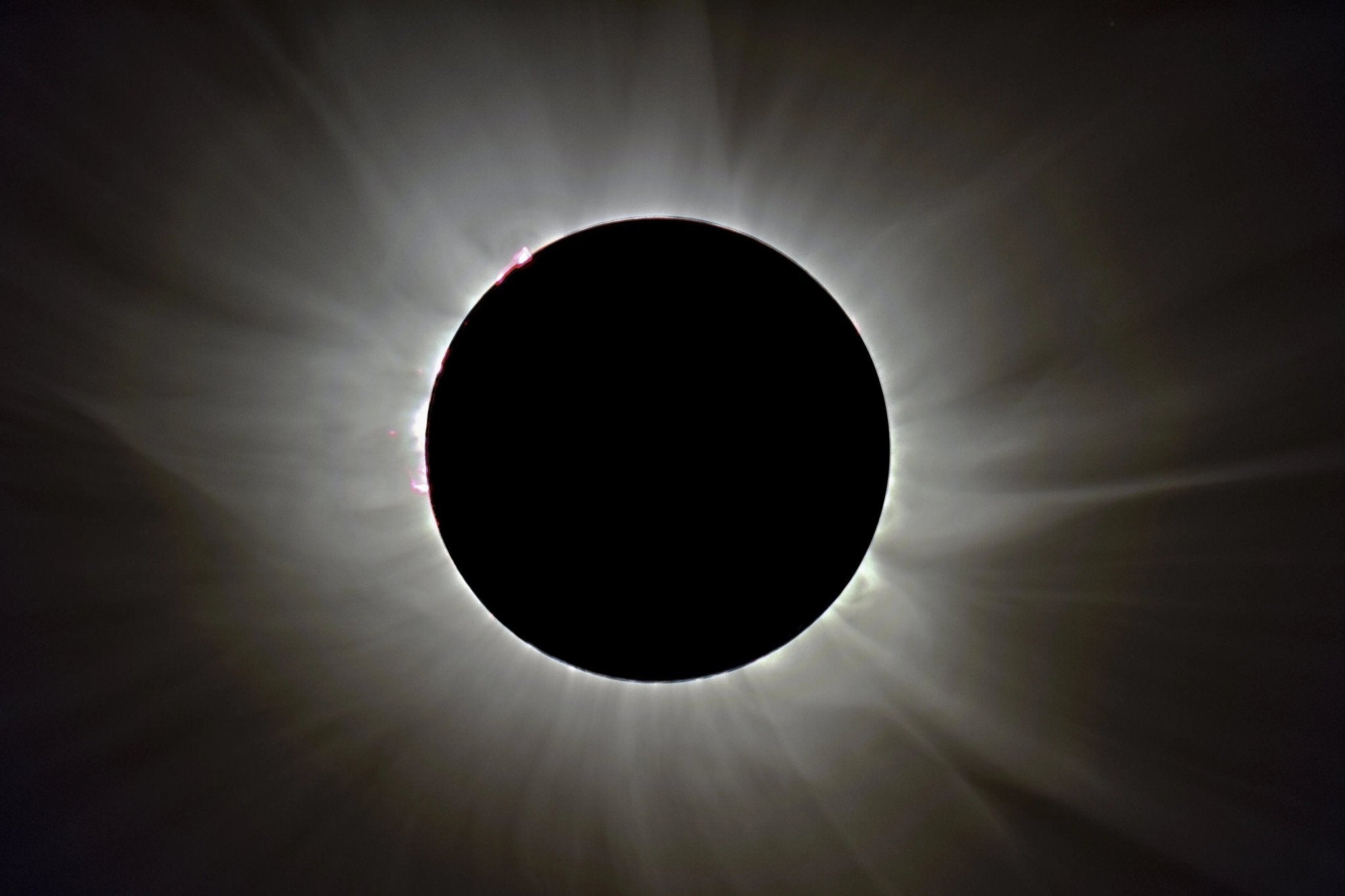The Essential Guide to Using Eclipse Glasses During an Annular Eclipse
Introduction
The celestial dance of the Moon passing between the Earth and the Sun results in one of the most breathtaking natural phenomena: a solar eclipse. Among the types of solar eclipses, the annular eclipse is a particularly awe-inspiring event where the Moon covers the center of the Sun, leaving a ring-like appearance known as the "ring of fire." Witnessing this spectacle requires caution to protect your eyes, which is why eclipse glasses are a must-have.
In this blog post, we'll discuss the correct way to use eclipse glasses and the crucial moments during an annular eclipse when you should have them on.
What are Eclipse Glasses?
Before diving into their use during an annular eclipse, it's essential to understand what eclipse glasses are. These are specialized eyewear designed to protect your eyes from the harmful rays of the sun. They filter out ultraviolet, visible, and infrared radiation, allowing you to view the Sun directly without risk to your eyes.
A Note on Safety
Always make sure your eclipse glasses meet the ISO 12312-2 international safety standard. Counterfeit or inadequate glasses will not provide sufficient protection, leading to severe and permanent eye damage.
The Phases of an Annular Eclipse
Understanding when to put on your eclipse glasses depends on recognizing the phases of an annular eclipse:
1. Partial Phase (Initial): The Moon begins to move over the Sun.
2. Annular Phase: The Moon covers the center of the Sun, leaving a ring-like appearance.
3. Partial Phase (Final): The Moon continues to move, revealing the Sun once again.
Partial Phase (Initial & Final)
During the partial phases, the Moon is covering only a part of the Sun. Even though the Sun is not fully visible, looking directly at it is hazardous.
When to Put On Your Eclipse Glasses:
- From the moment the Moon begins to move in front of the Sun, you should be wearing your eclipse glasses.
- Keep them on throughout the entire initial partial phase until the onset of the annular phase.
Annular Phase
The annular phase is when the Moon is centered over the Sun, and only a bright ring is visible. This ring is extremely bright and still harmful to your eyes.
When to Put On Your Eclipse Glasses:
- Keep your eclipse glasses on. It might be tempting to remove them, especially if you're using optical aids like cameras or telescopes, but doing so can cause severe eye damage.
Partial Phase (Final)
As the Moon starts to move away from the Sun, we enter the final partial phase. Once again, the Sun is becoming increasingly visible.
When to Put On Your Eclipse Glasses:
- Continue to wear your eclipse glasses until the Sun is completely visible again.
How to Safely Use Eclipse Glasses
1. Inspect Before Use: Before putting them on, inspect your eclipse glasses for any damage like scratches, pinholes, or tears. Discard damaged glasses immediately.
2. Put Them On: Place the glasses over your eyes before you look up at the Sun. Never look at the Sun through damaged glasses or without wearing them.
3. Look Away Before Removing: Turn your gaze away from the Sun before taking off your glasses.
4. Supervise Children: Ensure that children are adequately supervised to make sure they are using the eclipse glasses safely.
5. Don't Use With Optical Devices: Never use eclipse glasses in combination with binoculars, telescopes, or cameras. These devices concentrate solar rays and can damage the glasses and your eyes.
Conclusion
Experiencing an annular eclipse is a spectacular event, but it should be done with caution to protect your eyesight. Proper use of ISO-certified eclipse glasses is essential throughout all phases of the eclipse. By understanding when to wear your eclipse glasses and how to use them safely, you can fully enjoy the wonder of this celestial occurrence.

